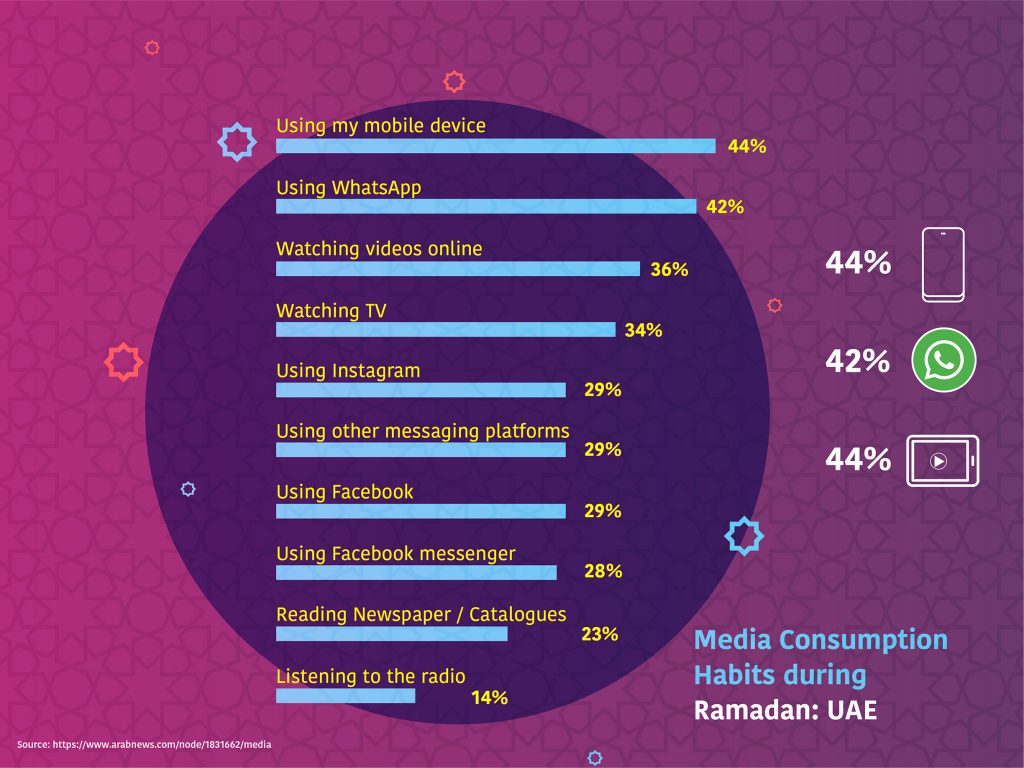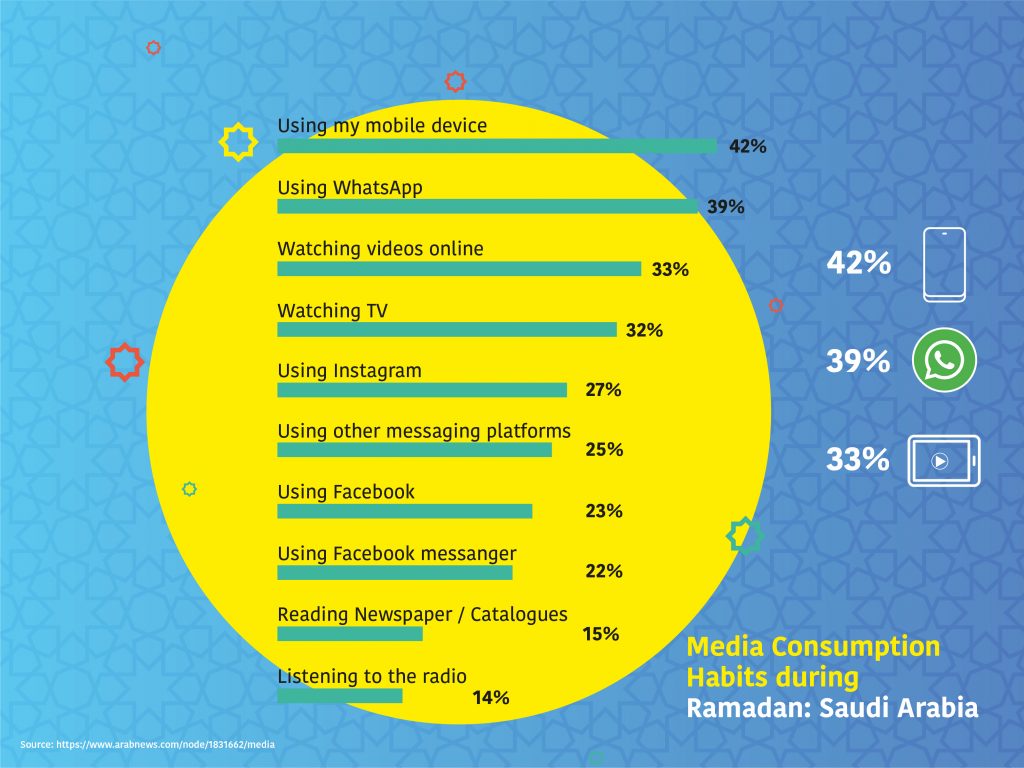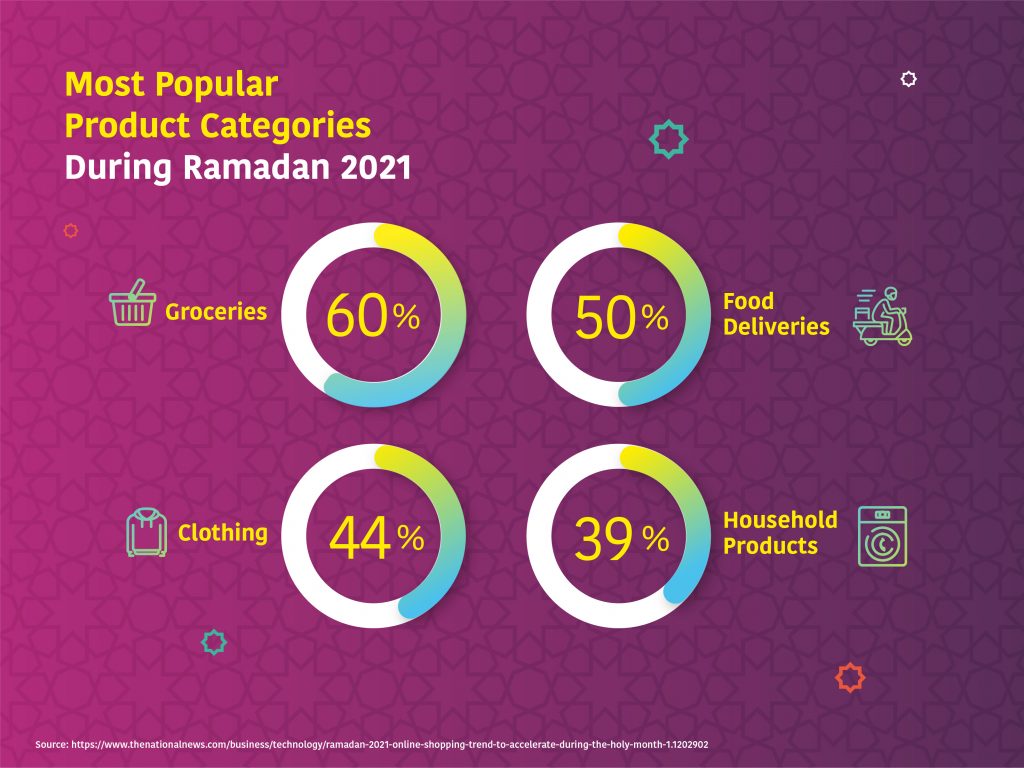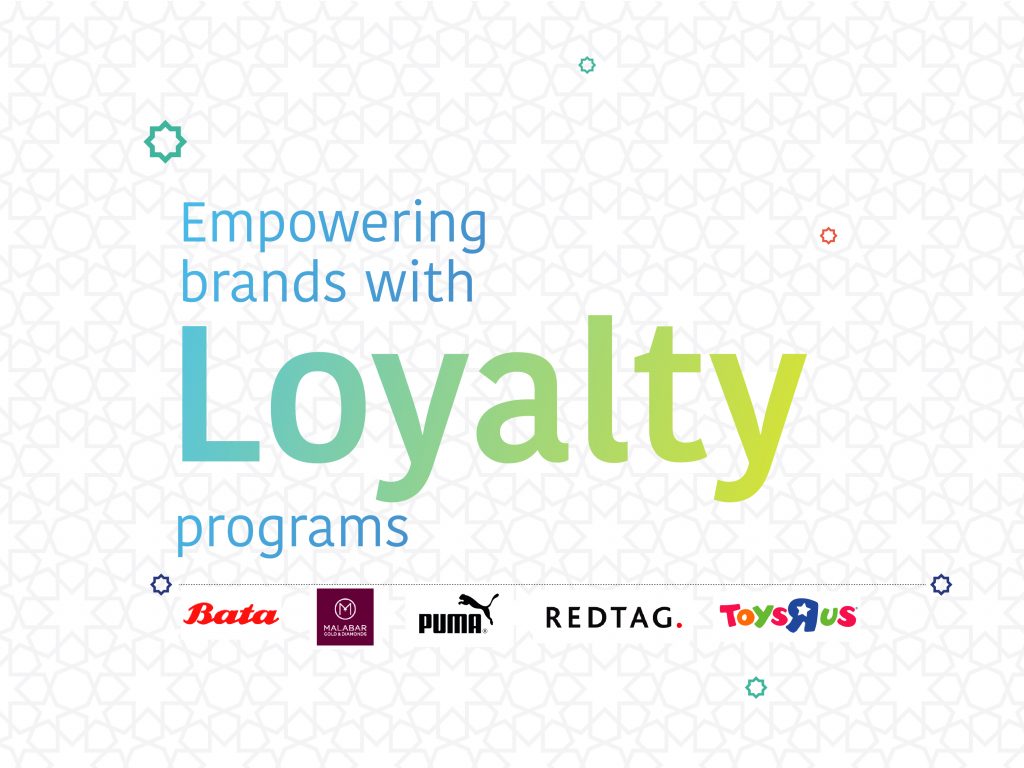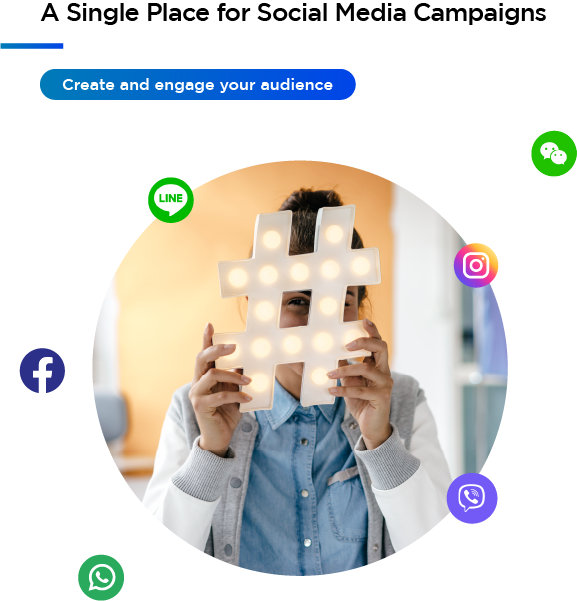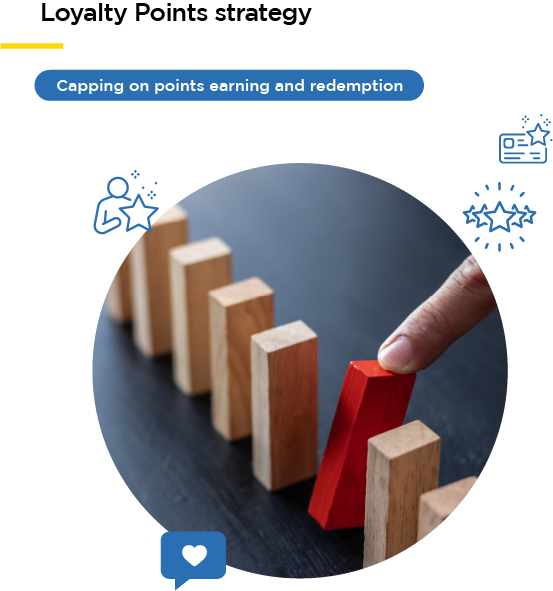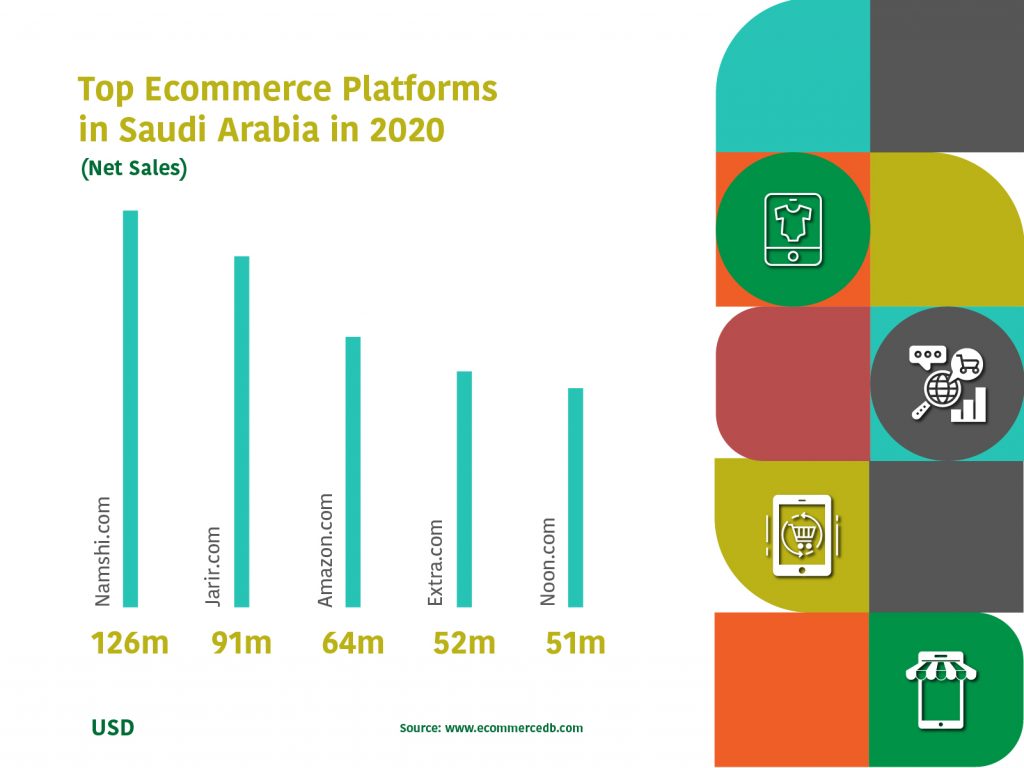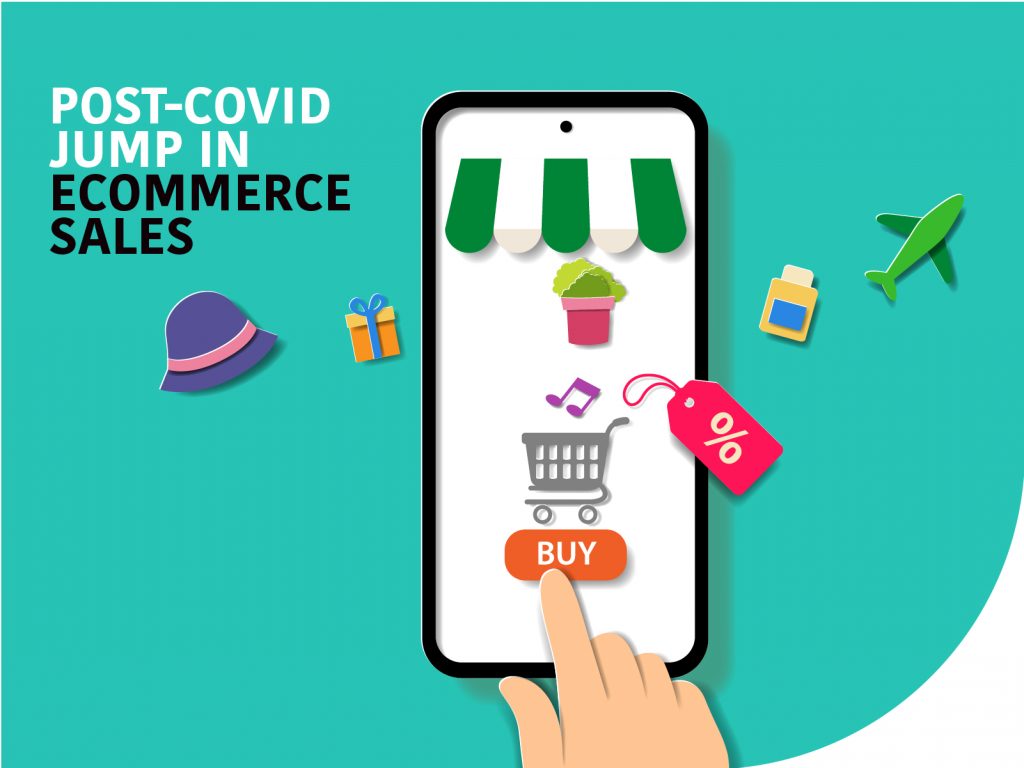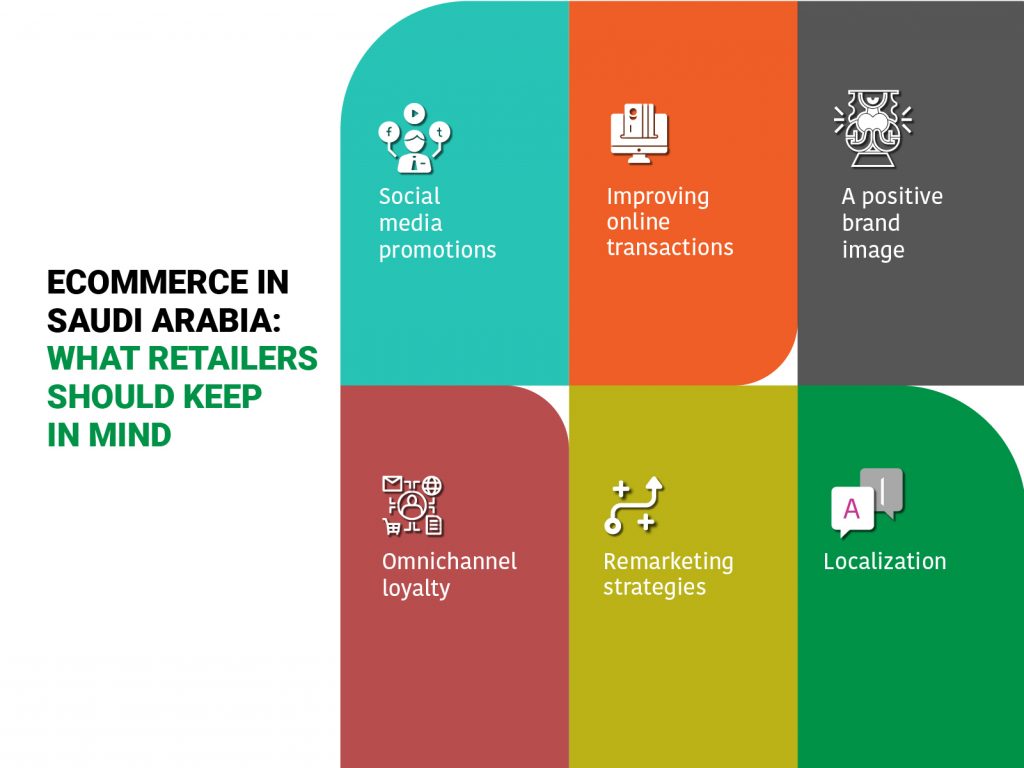Echoing the spirit of togetherness, the holy month of Ramadan is a time well-spent with family and friends. If the last year saw people stocking up during this month as a result of panic-buying, this year, people are equipped to observe the holy month amidst the pandemic. Given the vaccination roll out has kick-started in some countries but the ongoing pandemic-related restrictions continue, the festivities are somewhat affected in the Middle Eastern region. While this time always pose a great opportunity for businesses to see a significant jump in their revenue, marketers have now found their new retail normal.
Last year, Ramadan gave rise to customer trends that shifted marketer’s focus to a new customer engagement platform that could enhance the experience of a brand’s customers. Let’s take a look at these trends and see how personalized customer engagement strategies are now the quintessential ingredient for every marketer in the Middle East during Ramadan 2021.
1. Go Digital
Togetherness – the spirit of Ramadan led people to stay connected despite the pandemic restrictions imposed all across. In 2020, world’s largest gathering to break open the fast was organized online. This online event secured a place at the Guinness Book of World Records and gave rise to a new digital audience. Brands accordingly designed their new Ramadan marketing campaign strategy. Here are some numbers that further enabled marketers to tweak the demographics of their audience. In their recent report – ‘Ramadan: This is the Joy of Discovery’ Facebook shared some interesting insights on media consumption habits of people in the Middle East.
-
Almost 44% people in UAE and 42% in Saudi Arabia spend time on their mobile device during the holy month of Ramadan.
-
An equally interesting highlight is that Whatsapp is the preferred choice over other social media channels with 39% people in Saudi Arabia and 42% in UAE opting for it.
-
This trend clearly emphasize on why marketers need to relook at their Ramadan marketing campaigns.
2. Online Shopping
While it’s debatable and still a far calling whether physical store visit could completely replace the online shopping model but this Ramadan, digital audience undoubtedly gave rise to online shopping. A Survey by checkout.com (leading global payment solutions provider) tells us that 95% of Saudi Arabia and UAE residents are preferring online shopping. This is expected to grow further during Ramadan 2021. The report also indicated that this isn’t a short-term strategy but a long-term customer behavioral pattern that has resulted from the trends post Covid-19 pandemic. Now, let’s look at the expected purchases that consumers are likely to make during Ramadan 2021:
3. Personalized Customer Engagement is the key
With digital avenues opened up and online shopping becoming a rage, retailers in the Middle East are focusing on building smarter and personalized marketing campaigns for Ramadan without disrupting their brand value while catering to consumer’s shifting behavior pattern at the same time. A startling fact that emerged here was 68% Saudi viewers watch more advertisements of their favorite brands that focused on relevant messaging. Consumers are more responsive to brands that exhibit personalized shopping experience.
Choosing appropriate content to build Ramadan marketing campaigns is as important as selecting the medium used to deliver it. In an age where mobile is the device and direct messaging, WhatsApp communication is taking the plunge, brands are opting for personalized customization across all channels to build more engaged audience. With emerging automated marketing tools offering features like time personalization, brands can send out relevant communication, at appropriate times during Ramadan and share relevant communication with people. A personalized customer engagement tool can deliver desired outcome from a brand’s Ramadan marketing campaign.
4. Building Customer Advocacy
During the month of Ramadan, consumers would like to see brands who held themselves accountable for the marketing campaigns themed around being sensitive to the world outside and consistently care for their customers. A reason why marketers would like to engage better with their loyal customers by curating unique experiences. This is a great time to build customer loyalty and exhibit your brand value in a new light. Given the trends tipping towards digitization, a detailed mobile loyalty program could be one of the many strategies that a brand can eventually build with their audience to establish customer advocacy with the brand.
Ramadan 2021 offers this year…
Brands far and wide are staying connected with their consumers during Ramadan by building interesting marketing promotions like Instant gifting for high-spending customers, Gamification, free deliveries with no-cost exchanges, allowing customers to donate their loyalty points for charity, etc. Capillary Technologies powers 100+ such marketing promotions including the likes of RedTag, Bata, Malabar Gold & Diamonds among others enabling brands to deliver compelling customer experience. Take for instance, Red Tag who announced Ramadan Bonanza Raffle using gamification strategy and offering 600 Galaxy S21 Ultra 5G smartphones emphasizing on delighting their customers. Malabar Gold & Diamonds is strengthening its CSR campaign this festive season by offering over 500K iftar meals as part of this festive season.
